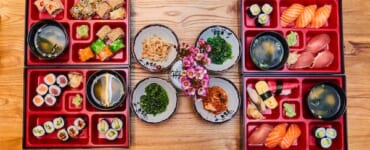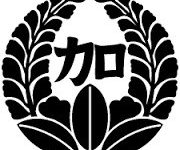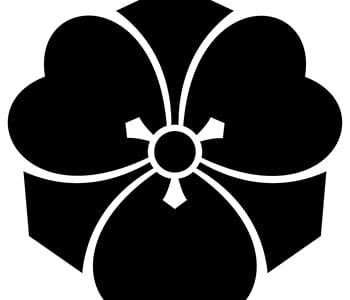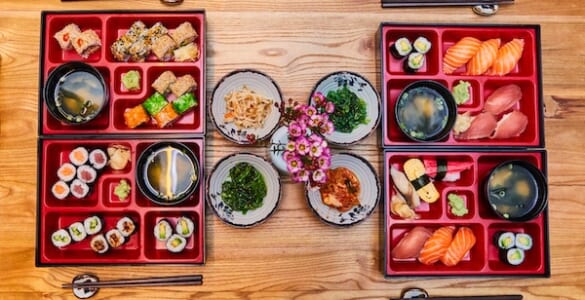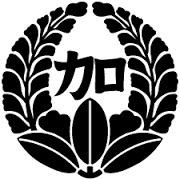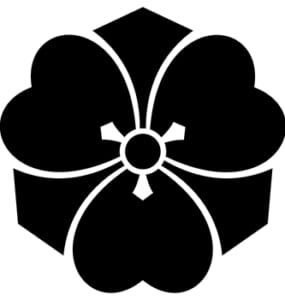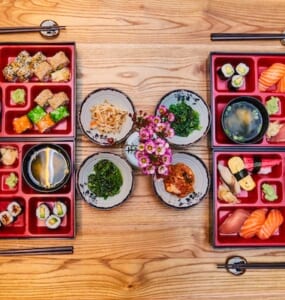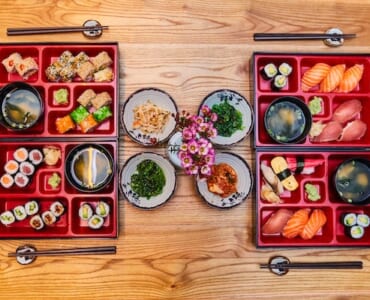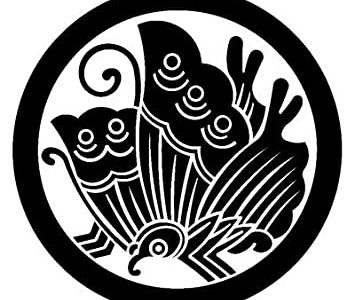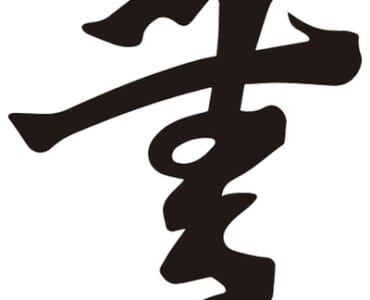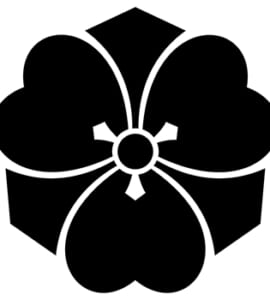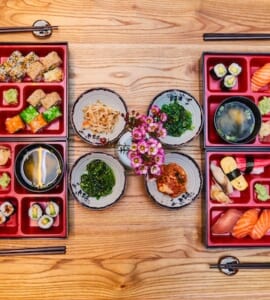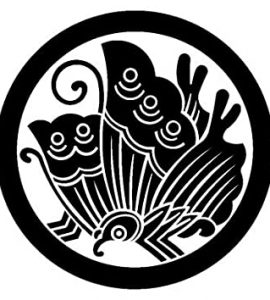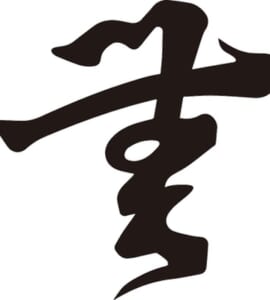Do you believe ancient clans still exist in Japan today? Yes, they do as their descendants are still alive to this day. Generations and generations of respecting the value of family have made Japanese clan symbols, aka...
Layout 1
Layout 2
Bento: Japanese lunch box makes lunch time fun!
Bento boxes with chopsticks Photo by kofookoo.de on Unsplash Bento is a tasty lunch box that every Japanese is familiar with. Everyone has his own favorite bento and memories with them. They use color and arrangement...
Cool Japanese Last Names and its Meanings
This Kamon represents the Japanese family name “Kato” Japan has a vast number of last names. It originated around the 12th century and became official after the Meiji restoration in the 19th century. Many of...
Layout 3
Japanese clan symbols: Kamon of notable clans
Do you believe ancient clans still exist in Japan today? Yes, they do as their descendants are still alive to this day. Generations and generations of respecting the value of family have made Japanese clan symbols, aka...
Bento: Japanese lunch box makes lunch time fun!
Bento boxes with chopsticks Photo by kofookoo.de on Unsplash Bento is a tasty lunch box that every Japanese is familiar with. Everyone has his own favorite bento and memories with them. They use color and arrangement...
Cool Japanese Last Names and its Meanings
This Kamon represents the Japanese family name “Kato” Japan has a vast number of last names. It originated around the 12th century and became official after the Meiji restoration in the 19th century. Many of...
Kamon: the Symbol of Japanese Family Identity
Uesugizasa Kamon, the Japanese family crest is an indication of a family’s origins. Unlike the coat of arms, it doesn’t belong to an individual but to a family. Foreigners can have one if they wish...
Layout 4
Japanese clan symbols: Kamon of notable clans
Do you believe ancient clans still exist in Japan today? Yes, they do as their descendants are still alive to this day. Generations and generations of respecting the value of family have made Japanese clan symbols, aka...
Bento: Japanese lunch box makes lunch time fun!
Bento boxes with chopsticks Photo by kofookoo.de on Unsplash Bento is a tasty lunch box that every Japanese is familiar with. Everyone has his own favorite bento and memories with them. They use color and arrangement...
Cool Japanese Last Names and its Meanings
This Kamon represents the Japanese family name “Kato” Japan has a vast number of last names. It originated around the 12th century and became official after the Meiji restoration in the 19th century. Many of...
Kamon: the Symbol of Japanese Family Identity
Uesugizasa Kamon, the Japanese family crest is an indication of a family’s origins. Unlike the coat of arms, it doesn’t belong to an individual but to a family. Foreigners can have one if they wish...
Kamon Story: Based on True Unsolved Murder
Maru-ni Agehacho The murder occurred in 1906. It is treated as one of the unsolved cases because the statute of limitations for the murder has passed. Renowned novelist, Seicho Matsumoto wrote a story out of it and...
Layout 5
Japanese clan symbols: Kamon of notable clans
Do you believe ancient clans still exist in Japan today? Yes, they do as their descendants are still alive to this day. Generations and generations of respecting the value of family have made Japanese clan symbols, aka...
Bento: Japanese lunch box makes lunch time fun!
Bento boxes with chopsticks Photo by kofookoo.de on Unsplash Bento is a tasty lunch box that every Japanese is familiar with. Everyone has his own favorite bento and memories with them. They use color and arrangement...
Cool Japanese Last Names and its Meanings
This Kamon represents the Japanese family name “Kato” Japan has a vast number of last names. It originated around the 12th century and became official after the Meiji restoration in the 19th century. Many of...
Kamon: the Symbol of Japanese Family Identity
Uesugizasa Kamon, the Japanese family crest is an indication of a family’s origins. Unlike the coat of arms, it doesn’t belong to an individual but to a family. Foreigners can have one if they wish...
Kamon Story: Based on True Unsolved Murder
Maru-ni Agehacho The murder occurred in 1906. It is treated as one of the unsolved cases because the statute of limitations for the murder has passed. Renowned novelist, Seicho Matsumoto wrote a story out of it and...
Layout 6
Layout 7
Layout 8
Bento: Japanese lunch box makes lunch time fun!
Bento boxes with chopsticks Photo by kofookoo.de on Unsplash Bento is a tasty lunch box that every Japanese is familiar with. Everyone has his own favorite bento and memories with them. They use color and arrangement...
Kamon: the Symbol of Japanese Family Identity
Uesugizasa Kamon, the Japanese family crest is an indication of a family’s origins. Unlike the coat of arms, it doesn’t belong to an individual but to a family. Foreigners can have one if they wish...
Samurai Kamon: Seven Notable Samurai Family Crests
Japanese warlords are known to have many family crests. They carry them for different occasions. It often times represents their bloodlines. However, many cases show they are given by superiors or taken away from...
Layout 9
Layout 10
Japanese clan symbols: Kamon of notable clans
Do you believe ancient clans still exist in Japan today? Yes, they do as their descendants are still alive to this day. Generations and generations of respecting the value of family have made Japanese clan symbols, aka...
Cool Japanese Last Names and its Meanings
This Kamon represents the Japanese family name “Kato” Japan has a vast number of last names. It originated around the 12th century and became official after the Meiji restoration in the 19th century. Many of...
Kamon Story: Based on True Unsolved Murder
Maru-ni Agehacho The murder occurred in 1906. It is treated as one of the unsolved cases because the statute of limitations for the murder has passed. Renowned novelist, Seicho Matsumoto wrote a story out of it and...



